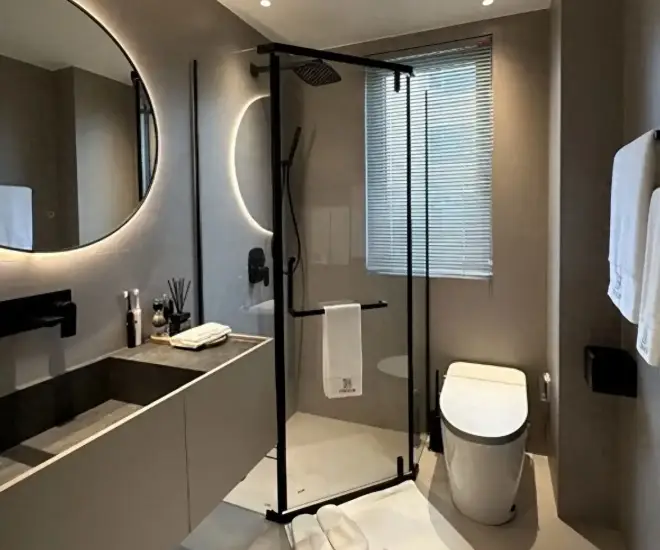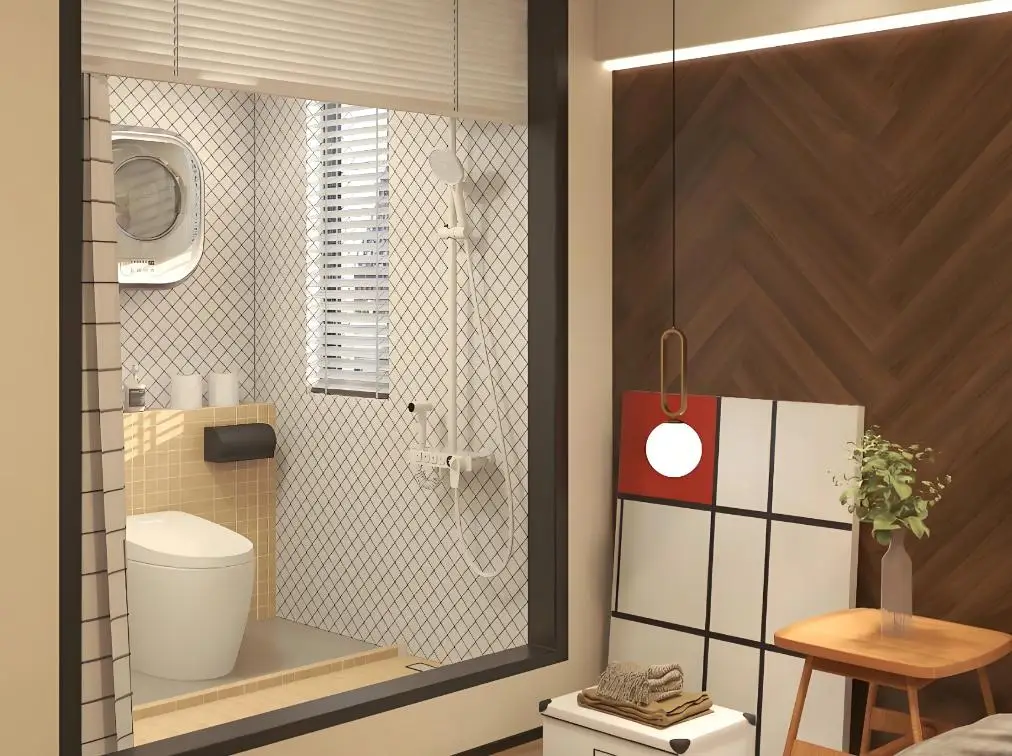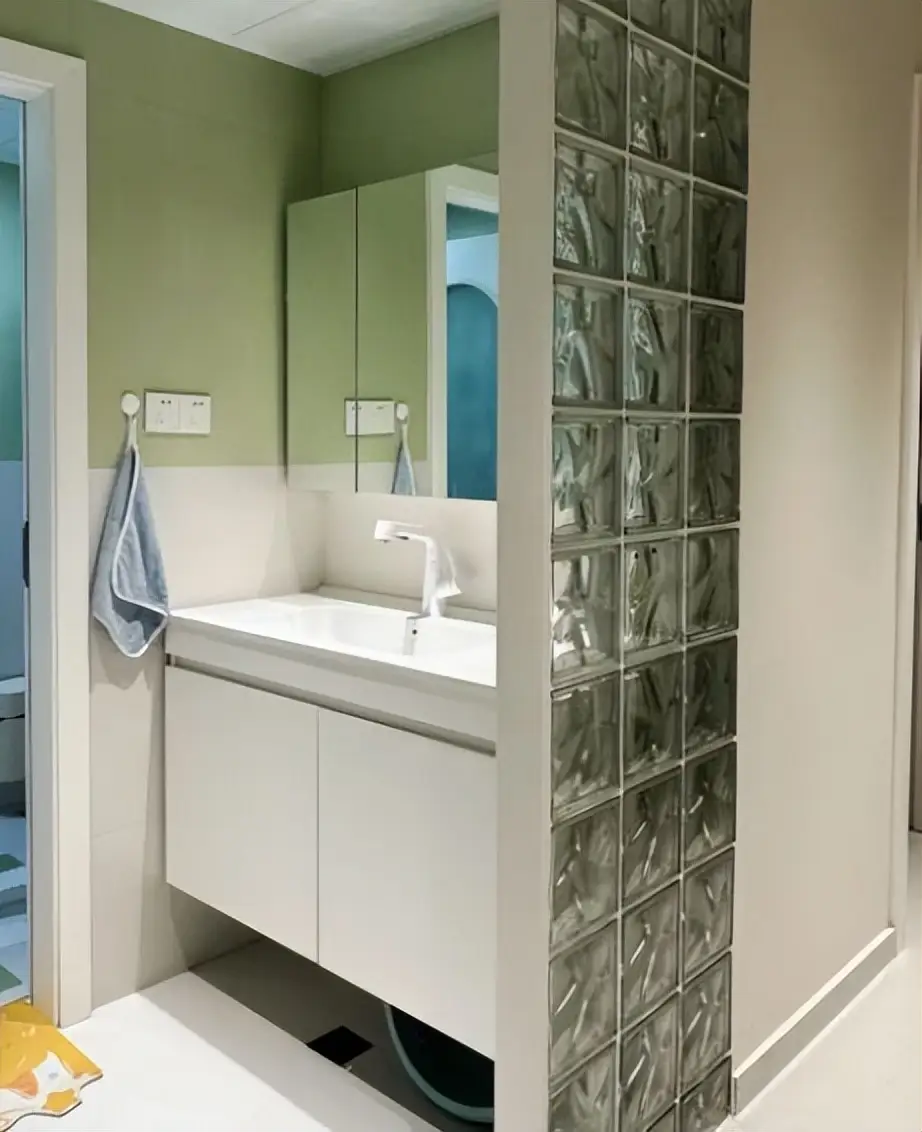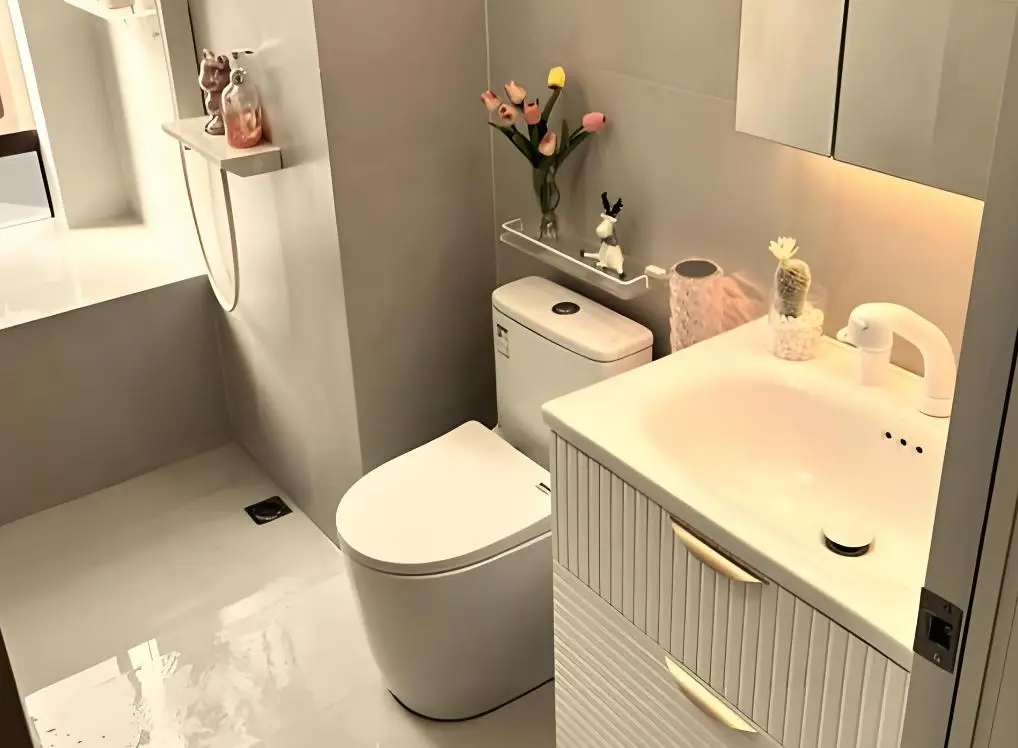Once upon a time, having a master bedroom with an en-suite bathroom was considered the epitome of luxury and convenience. However, recent trends show that such apartments are losing their appeal in the market: sales are slow, prices are dropping significantly, and even real estate agents admit that buyers are no longer as interested.
What was once a selling point has now become a burden. But why? The reasons are more practical than you might think.

An Extra Bathroom: Looks Luxurious, But Comes with Hidden Costs
When buying a home, one of the biggest fears is spending money unwisely. And opting for a home with two bathrooms often turns out to be just that—a costly mistake.
First, an additional bathroom means more square footage, which significantly increases the overall price. Don’t underestimate those extra few square meters; they add up to a substantial cost.
Then there’s the expense of finishing the space. Bathrooms are among the most expensive areas to complete in a home: high material costs, complex installation processes. One bathroom already stretches the budget, and doubling that means doubling the costs.
Anyone who’s built a home knows the headaches involved: waterproofing, tiling, plumbing—the list goes on. Each bathroom comes with its own set of challenges. Add another one, and you’re doubling the stress.
Maintenance is another issue. Bathrooms are prone to moisture and dirt, requiring frequent cleaning. With two bathrooms, the cleaning workload doubles. Neglect them for a week, and you’re left with stagnant water, mold, and unpleasant odors.
En-suite bathrooms without windows or proper ventilation only worsen the humidity, making the space less enjoyable to use.
Many buyers, attracted by the convenience, soon find the reality far less appealing. Some even end up locking one bathroom and using it as storage.
There’s also the question of practicality. Most families today consist of three members, making one bathroom more than sufficient. The second often goes unused or becomes a storage area. Many argue that converting this space into functional storage would be more practical than leaving a toilet unused.
Noise from en-suite bathrooms is another complaint. What seems convenient at first can become a nuisance when you hear neighbors flushing at night. Over time, this can disrupt sleep and cause frustration.
In humid climates, en-suite bathrooms can spread moisture into bedrooms, causing walls to peel and closets to become damp.

Buying a Home Today: It’s About Value, Not Just Features
In the past, having an extra bathroom was a status symbol. But today’s buyers are more practical. They prioritize functionality over flashy features.
Young homebuyers focus on quality of life, not just accumulating amenities. A well-designed single bathroom with clear wet and dry zones is often more appealing than two inefficiently used bathrooms.
The three-zone design—separating the sink, toilet, and shower—is gaining popularity. Even with one bathroom, this layout allows multiple people to use it simultaneously, improving efficiency.
Some homeowners have repurposed unused en-suite bathrooms into dressing rooms, laundry areas, or storage spaces, maximizing utility and value.
Today’s buyers invest in what they truly need, not in features that look impressive but serve no purpose.
Developers have noticed this shift. Previously, luxury listings boasted “two bathrooms and a master suite.” Now, many projects are adopting a “1.5 bathroom” model, balancing functionality with space efficiency.
Buyer feedback confirms that the market is moving away from “more is better” toward “just right.”
Buying a home isn’t just about current comfort; it’s also about future resale value. If the market no longer favors two-bathroom homes, such properties may struggle to sell.
A smart purchase considers not only personal preferences but also market demand and long-term liquidity.

Two Bathrooms Aren’t Useless—They Just Need to Be Right for You
That’s not to say two bathrooms are outdated or worthless. In certain situations, they’re highly practical.
For large families, especially multi-generational households, two bathrooms can significantly reduce morning and evening queues. With elderly members and children, one bathroom often isn’t enough.
In spacious apartments over 140m², two bathrooms add convenience without feeling cramped. Wealthier families often hire cleaning services, so maintenance isn’t an issue. For them, two well-designed bathrooms are a genuine luxury, not a burden.
Homes with frequent guests also benefit from a second bathroom. It maintains privacy for the family while offering guests a dedicated space, enhancing hospitality.
The key isn’t whether two bathrooms are necessary, but whether they’re used effectively. If both are utilized, they’re an asset. If one sits unused, it’s a waste of space and money.
Today’s buyers prioritize efficient space utilization over the number of features. This reflects a shift toward modern, practical consumer thinking.

Quality Over Quantity: Homes Should Serve Your Life
The decline in two-bathroom homes isn’t about their inherent flaws but about changing lifestyles. Buyers are moving from “bigger is better” to “better is better.” Choices are becoming more rational and practical.
A home is no longer a status symbol but a space for daily living. Every square meter must serve a purpose.
For most families, one well-designed bathroom is more useful than two, one of which goes unused.
Don’t follow trends blindly or fall for marketing hype. Understand your family’s needs, lifestyle, and budget, and make informed decisions. That’s the key to a smart, sustainable home purchase.
After all, a home is for living, not for show. True convenience lies in thoughtful, efficient design, not in excess features.
Avoid chasing luxury or high-end configurations just for appearances. A good home enhances your life, not complicates it. Choose what truly fits your needs, and you’ll find joy and authenticity in your living space.































